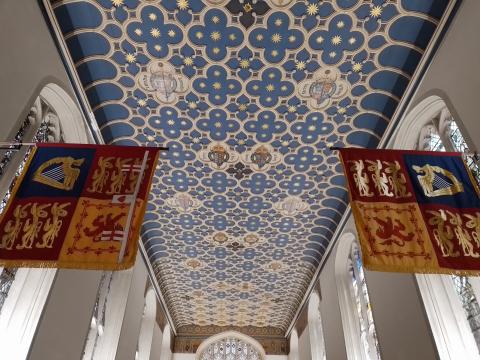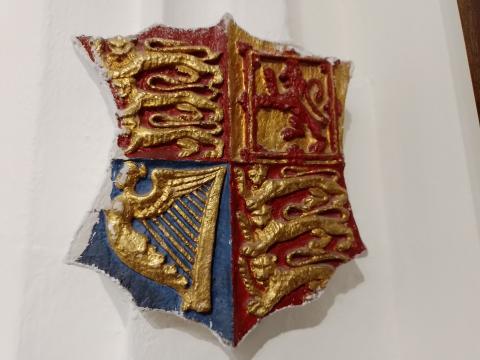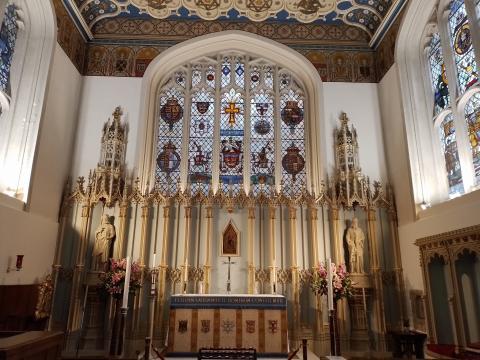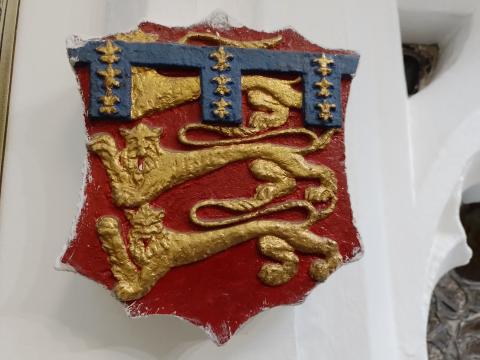Savoy Chapel

From without, it looked plain, though not quite shabby. The masonry was rough and undressed, though the windows suggested a fair age, designed in a late perpendicular style. The tower was disproportionately small, though it helps the visitor to recognise this rough building as a church. Its smart, varnished double-doors are of a high quality, and are generally kept closed, but a sign welcomes the visitor and urges they be pulled open. The atmosphere within is rather dignified and more decorous than the church’s exterior; a smart, well-spoken young gentleman who manned the reception was unusually courteous, and shortly afterwards, a well-spoken but equally friendly clergyman bustled in, donning an impressive tweed jacket. This was no ordinary London church: it was a royal chapel.

The King’s Chapel of the Savoy is a royal peculiar, which means it is answerable directly to the monarch, and not the local bishop (an enviable situation, considering the current prelate). Within, dozens of royal coats-of-arms, shields, banners and regal symbolism greet the visitor. Savoy Chapel is the ‘spiritual home’ of the Duchy of Lancaster, and stands on the site of the old Savoy Palace (along with the famous Savoy Hotel), home of John of Gaunt, and protector of the proto-Protestant, John Wycliffe. Sadly, revolting peasants burnt it down, so the current, early Tudor structure he would not have seen.

Much as I admired the royal paraphernalia, smart furnishings and faint Lollard associations, I was struck by the contrast between the exterior and the interior. The former is rough and ready, the latter smart and salubrious. Members of the royal family have a habit of dropping by, and the Royal Victorian Order is pleased to operate from these premises.

I cannot vouch for the Chapel’s commitment to gospel preaching, though I understand that it employs the Book of Common Prayer which is a good start. Most of our nation’s churches are as dull (or duller) as the Savoy Chapel’s exterior, but without the royal dignity and historical splendour found within. Yet, dare I say, the humblest gatherings of simple Christians are ennobled and dignified by a more glorious personage than His Britannic Majesty, the Duke of Lancaster; Jesus Christ, King of kings and Lord of lords joins His people no matter where they meet, nor how humdrum their status. We nonconformists may not bedeck our chapels with trinkets and jewels, but I pray we live our lives in such a way that He receives glory enough. Salem may be crude and creaky, but it is a true Chapel Royal; its people might be ordinary and plain, but they keep the company of an Emperor.

But you are a chosen generation, a royal priesthood, a holy nation, His own special people, that you may proclaim the praises of Him who called you out of darkness into His marvelous light; who once were not a people but are now the people of God, who had not obtained mercy but now have obtained mercy. 1 Peter 2:9-10, NKJV
- Log in to post comments


 Sunday Worship 10.45am & 6.00pm
Sunday Worship 10.45am & 6.00pm